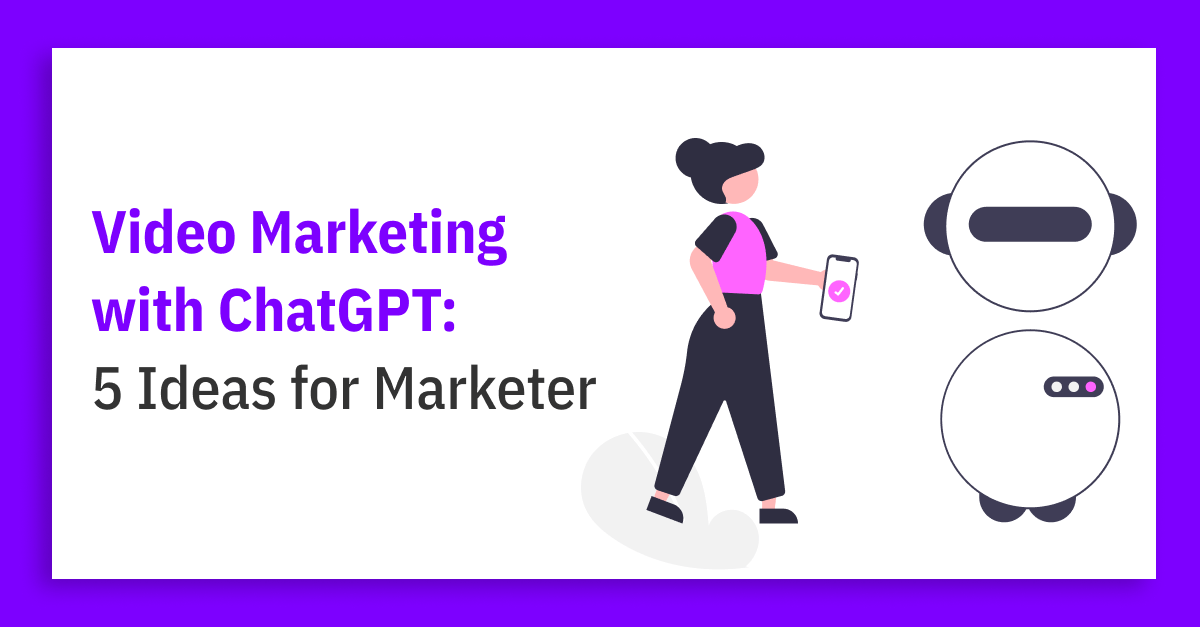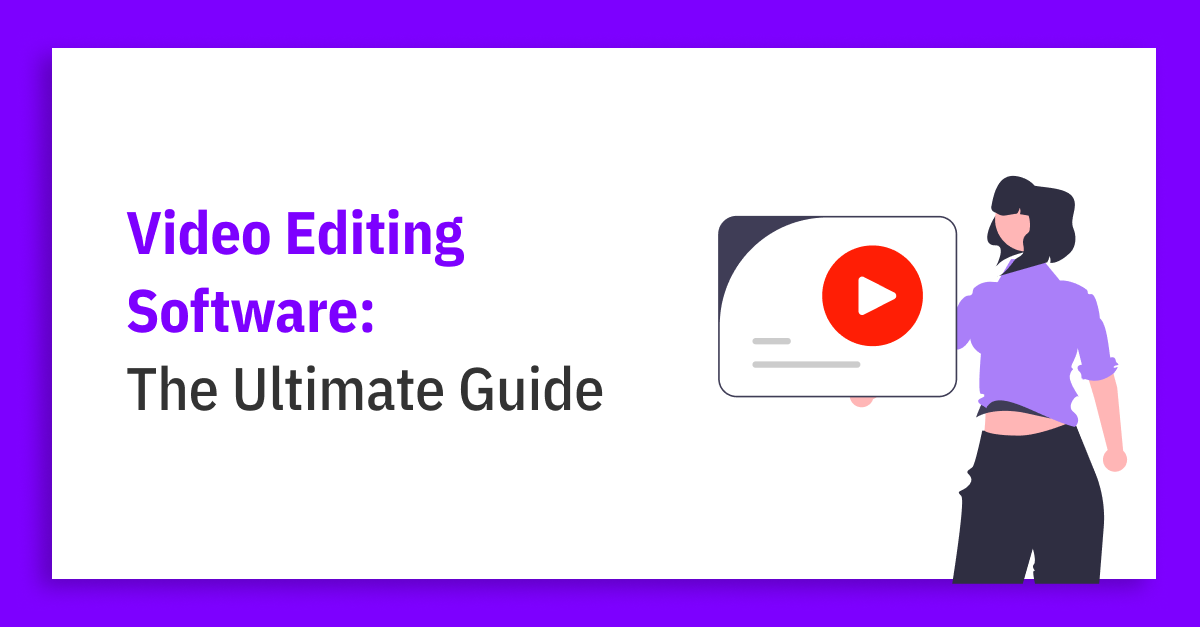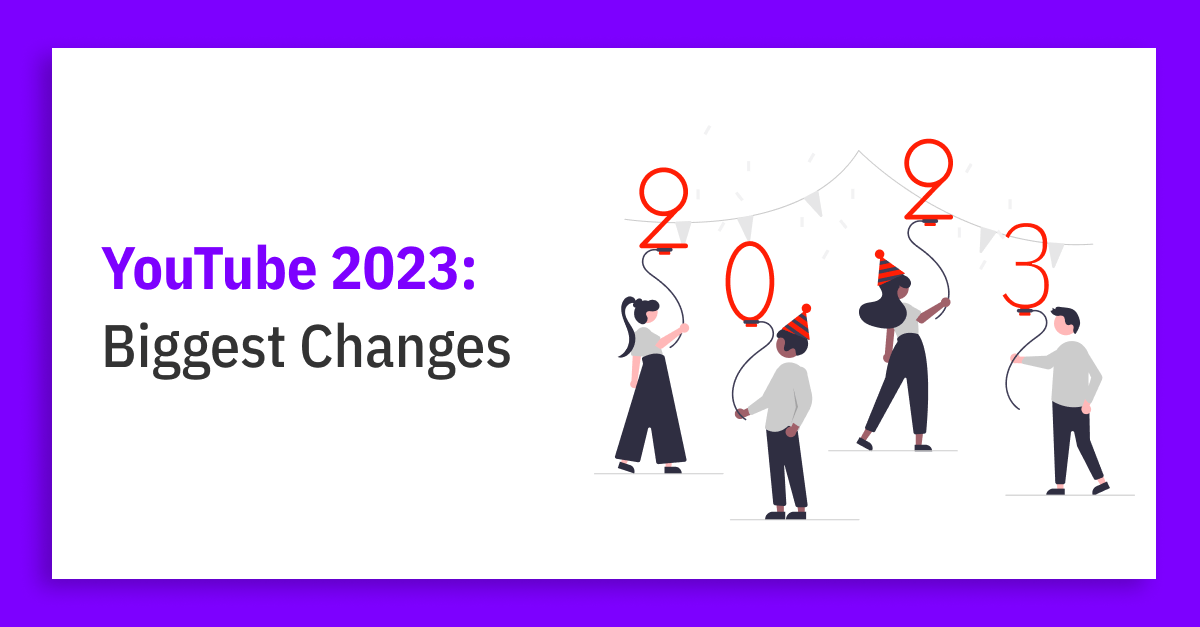March 2, 2023
In a consulting process, we normally use this Canvas as a first briefing document to kick things off.

Based on the info it’s possible to create a YouTube strategy that could look like this:

The contents are based on the AARRR customer journey framework.
AARRR Customer Journey for Videos
Customers – whether they’re aware of it or not – go through certain stages when making a purchase. For each stage, there are different touchpoints where you interact with a customer and form his perception of your brand.Some things you can control, some not. Videos are one of the interaction points which can benefit your brand significantly.

Undoubtedly, the customer journey can be looked at from different perspectives but today we want to stay focused and look only at the YouTube strategy part.

In order to better understand how you can build your brand’s YouTube strategy around these steps, I’ll explain it with an example.Imagine you’re the Social media manager of a region that’s famous for mountain bike holidays and you want to attract more tourists. We will use real-life cases throughout the blog post.
Awareness
The first stage of the customer journey –awareness– is where you as a brand has a chance to introduce yourself and catch the attention of a potential customer. At this point, the “lead” is searching for a solution to a certain problem he/she has.

Only 30 years the process looked completely different because the awareness about a brand was coming mostly from advertising – TV, radio, billboards, etc.Nowadays, it has been replaced by search engines with Google being the leader in the number of search queries. If you heard that YouTube is the 2nd biggest search engine, check out our blog post here and find out why it’s not really true.So what do you – as a social media manager – need to do at this stage?
Step 1. Research what people are looking for in your niche!
The easiest way is to look at what keywords your target audience is searching for and create video content that matches the search intent.Your target audience might for instance at first look for a keyword like “mountainbike holidays”.


You should take care that you achieve the highest possible ranking with searched keywords because if nobody is searching for the keyword, even the top ranks do not really have a value for your video.To avoid this situation, you should research keywords that are often searched for and where Google displays video snippets.

Research should be done in advance to find the right keywords for the video. In addition to YouTube’s internal keyword tool, there are some keyword tool alternatives that help to find the ideal tags, so you don’t have to spend a lot of time researching the internet to find a suitable keyword. This step will only take a few minutes.Tip!
Browse your competitors’ YouTube channels and take note of which videos got the most and least views. Watch these videos get a sense of what kinds of content your audience likes to watch (and what they don’t) and use that to inform your own content strategy.
It’s important to identify which type of content can interest your potential customers at this stage. For example, explainer videos, tutorials, entertainment videos, podcasts, interviews – there is no one right answer.
Step 2. Create videos
It’s important to decide beforehand whether you want to outsource this task or create videos in-house.
Step 3. Optimize videos for search
Once you’re ready with production, please be careful to upload videos properly and optimize it for search regarding video title, description, and tags.I will now briefly describe the essentials parts of YouTube SEO but if you want to learn more, check out our complete guide to youtube SEO here.
Title
Create a useful title, which includes your main keyword. It should show the users immediately, which topic your video handles and what kind of information you offer. If you place your main keyword right at the beginning of the title, this will give you an additional YouTube SEO boost.
Description
A good description that includes some relevant keywords, helps YouTube and Google to understand the context of your video. It is important, that you don’t spam and that users can read your description fluently.
Tags
Use tags, which fit your video to appear more often in the YouTube Search. There are some tools, which help you to generate tags for free.
Thumbnail
A well-designed thumbnail attracts attention and is even more important than the title because if it looks boring people won’t think about watching the video. So be sure to invest enough time when creating a thumbnail.ExampleSo now you’re ready to go. Your target audience can find your video in search on Google and YouTube. Your brand gets discovered and you get brand awareness. So what’s next?He finds your videos and engages with your brand. There are two options that can happen further:
- he either gets converted and moves to the “Revenue” stage OR
- he leaves your brand.
In case the second scenario happens, we advise to take advantage of ads and activate the customer.Being aware that your video here is only the first step of your customer journey it’s crucial to include call-to-actions. Call-to-actions can be links in your description, cards are end -cards that guide the user to your website → the next step in their customer journey: the activation phase.
Activation
Activation means that you grab the contact details of your audience so that you can communicate. Be it on your website with a chat, via email, on Facebook or other social media channels.Video can also play a vital role here since websites with videos show higher conversion rates than one’s without.

However, in case your lead wasn’t converted organically, there are ways to re-engage him/her. YouTube can also help you here.YouTube ads are part of Google’s ad ecosystem. To convert your potential Mountibike tourist we recommend you to use all remarketing types Google offers you:
Text ads
“A text ad is a form of marketing communication that advertisers can use to promote their product or service on the Google Network.”Google
Text ads appear on Google results pages and across the Google Network. They usually look like this:

Image ads
Image ads are essentially graphics that promote your business. A big advantage of this ad type is that they appear on webpages that are part of the Display Network (impressive potential reach!).
AND last but not least
YouTube ads
YouTube ads not only help to re-target leads but also find new customers who are most likely to engage with your brand. One of the advantages of YouTube ads is that you only pay when people watch at least 30 seconds of your ad.In practice, your audience would now see your YouTube ad whenever he gets back to YouTube. As an advertiser, you can choose different types of YouTube ads.

Source: https://www.webvisitors.co.in
Example:John searched for “Top mountie bike locations in Europe”, watched a video, and left. At this stage, he is already aware of your brand but is not convened with the value you provide.It’s time to retarget him with a strong call-to-action (CTA). Once John stumbles upon your ad, you need to offer something that would arouse his interest again.Important!
Create a strong CTA and a clear landing page.

The ultimate goal – lure a lead back to your website with an attractive value proposition.At this stage of the customer journey, the lead should not see the same content as he saw before. The website is the perfect place to showcase all the benefits that your product can offer.For example, demonstration videos showing the benefits and proper use of a product or testimonials with satisfied customers. Case studies recap can also be useful as a way to share a successful campaign with persuading statistics.

Revenue
The next phase of the customer journey is the Revenue stage. This means your customer books a hotel room via your booking service. The video might also play a role here. E.g. when you show off hotel videos.

The revenue stage is where your prospective customer is ready to select your brand from their options and make a purchase. By now the potential buyer has done all the research they need to be well informed on which services will best fit their needs and which companies they believe will be the best fit.If the customer has done this successfully, you’ve done a good job with your video marketing.
Retention
Now it’s time to satisfy your customer and ideally make him/her come back and buy again. This relates to YouTube in the way that ideally your customer has subscribed to your channel and you push him/her every month relevant mountain bike videos that remind him/her of that great stay and the awesome mountain bike tours.

Ideally, you position yourself as the thought leader when it comes to mountain biking. Potential video content pieces could relate to topics like Mountain Bike maintenance.

It’s far easier and roughly 5 times cheaper to retain an existing customer than it is to acquire a new one. It’s hard to build enough trust with a prospect to turn them into a first-time buyer, so once you’ve gained their trust and their business, you should be working hard to maintain it.At this stage, the YouTube content plan is still required! Think about topics that can be interesting for your customers. For example, education videos explaining how to use a product or service or tutorials to answer customer support questions or explain a new product feature.Do you have expertise that you can share? Great! Do an industry leader interview with professionals in your field.
Referral
Last but not least – a referral. Your customer tells friends about the great mountain bike experience he/she had with you. Ideally, you provide him/her with some video content that is great to share. Impressive scenes of downhill experiences that make others WOW.

This is the stage of the customer journey is when the customer becomes an active advocate for your brand. They say great things about you and your company, they refer their friends and family to you, they generate the most powerful kind of marketing your company can ever have which is word-of-mouth.

When a person has a great experience with a product, service, and company, they will want to spread the word and tell others about it. Encourage this by asking them to tell their friends and let them know how much it will be appreciated by you and your business.At this point, video strategy is not relevant as it was in the awareness stage. What’s more important is a focus on your product. A dissatisfied customer is more prompt to do a review and share the negative experience. We’ve seen cases when negative customer reviews went viral on YouTube and damaged the brand’s image significantly.
More Interesting Articles
- How to Use Youtube Hashtags
- What counts as a view on Youtube?
- What is a YouTube Thumbnail and How to Make Great YouTube Thumbnails?
- Youtube Lighting

The 6-Step Guide to YouTube Content Strategy
How to build relevant video content for every business
FREE Download


